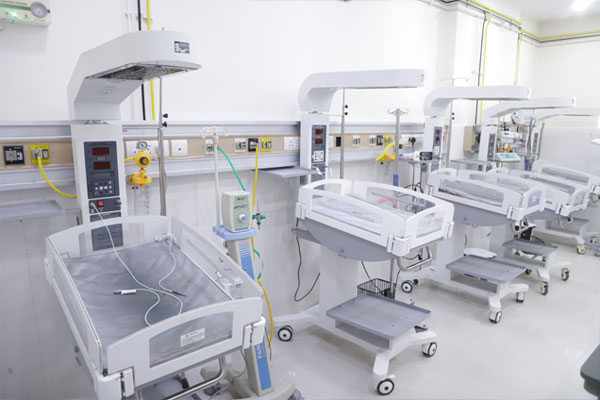
Neonatal/pediatric intensive care ventilators provide temporary breathing support to preterm and critically ill children who require total or partial assistance to maintain adequate ventilation.
A ventilator is used to provide breathing support for ill or immature babies. Sick or premature babies are often not able to breathe well enough on their own. They may need help from a ventilator to provide "good air" (oxygen) to the lungs and to remove "bad" exhaled air (carbon dioxide).
The care of the ventilated paediatric patient requires an extensive understanding of respiratory mechanics and pathophysiology of cardiopulmonary disease. Many of the fundamental principles of respiratory physiology and gas exchange are similar to those of adults and will not be the focus of discussion. Instead, our aim is to review features of mechanical ventilation that are distinctive to the paediatric population. Ventilation of premature infants is a unique subset of paediatric ventilation.
As the adage says, ‘children are not small adults’, and management of ventilated paediatric patients requires an appreciation of the susceptibility of developing lung tissue to injury, congenital anomalies, disease processes specific to the paediatric population, and the potential equipment-related difficulties associated with small patients. Considered together, each paediatric patient who requires mechanical ventilation represents a unique clinical problem.